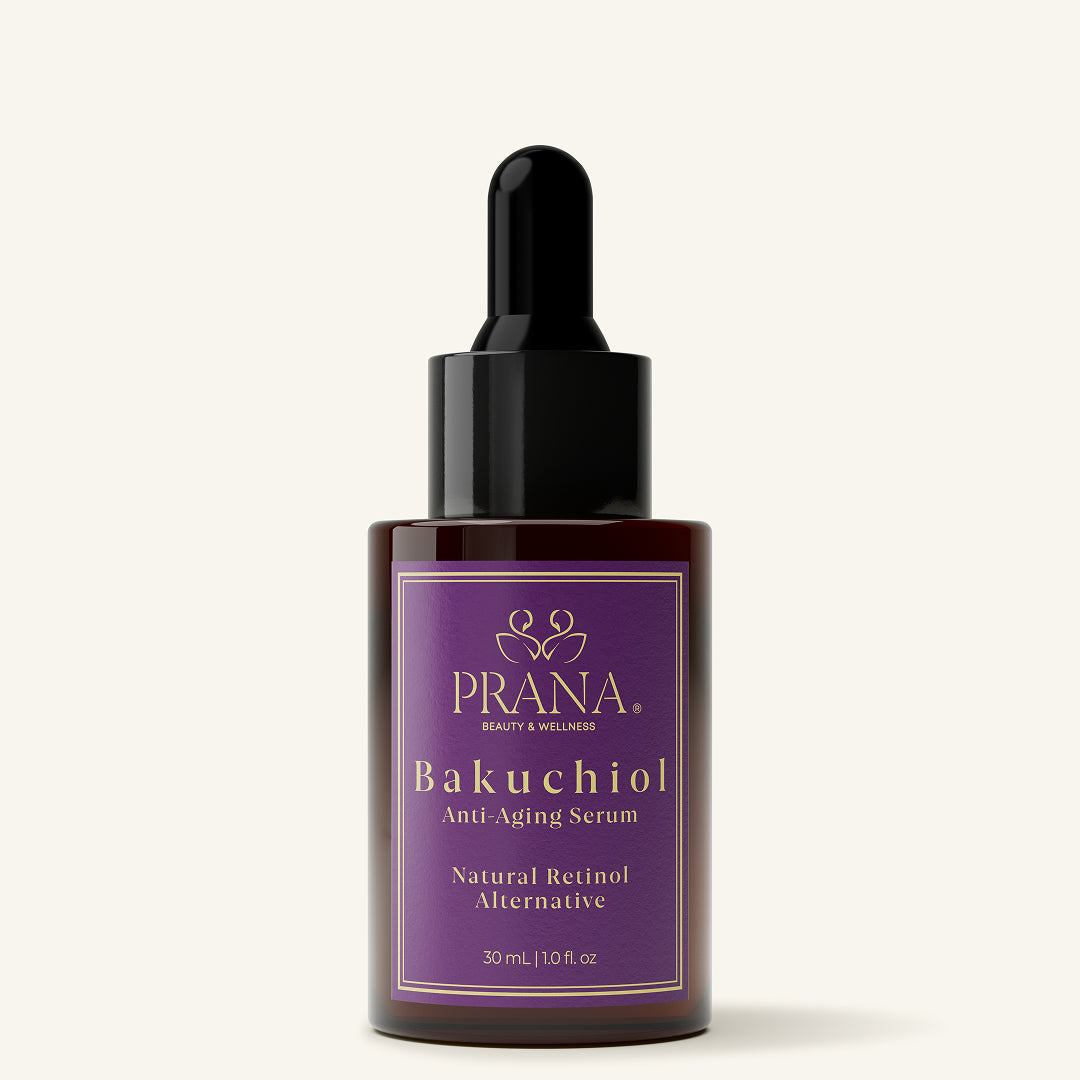What is combination skin?

If you are suffering from skin-related problems but you do not understand why, then it may be important to find your skin type. Understanding your skin type will in turn help you improve your skincare practices based on the existing type. Normally there are two general skin types namely dry skin and oily skin, but it is important to note that you can have a mixed skin type. Read on to learn more about what is combination skin!
Understanding Combination Skin
Both conditions are the consequences of increased levels of oil production. In the case of dry skin, the sebaceous gland in the skin produces small amounts of sebum – the oil needed to manufacture skin. When produced in inadequate quantities the skin quickly turns flaky and becomes red. However, oily skin type is due to excessive secretion of sebum and hence forms a layer on the surface of the skin of your face and blocks the pores.
Importance of Knowing Your Skin Type
It is important to note that every skin type is unique and it should be treated as such. You are supposed to take time to know your skin type because you have to treat each of the different types with various products. The product that is likely to absorb the excess oil in dry skin is likely to irritate the skin, leaving it flaky and rough to touch when irritated. In the same vein, if you were to put a highly moisturizing product on oily skin, that skin might react by breaking out into blemishes and producing even more oil. Since the goal of skin care is to reveal healthy skin, this is counterintuitive.
Read more: The best coconut oil for oil-pulling
4 Indications You Have Combination Skin
Maybe you know how to differentiate between oily and dry skin; but you cannot be sure which one you have, might it be combination skin?
1. Oily T-Zone
The most basic way to identify combination skin is to check your T-zone. Your T-zone includes the area above your eyebrows and down your nose. If you were to trace it out, it would look just like the letter "T"- hence the name. If your T-zone has oily skin but your cheeks display dry skin, then you likely have combination skin.
2. Dry Patches and Oily Patches
Do not touch your skin until you have washed your hands because that will prevent the bacteria that give you blemishes from landing on your face and also remove oil buildup from your fingertips. After washing your hands, touch your face in different parts and if you can feel any roughness, bumpiness, or flakiness of these, then this is a sign of dry skin. A person with combination skin may have dry cheeks but an oily forehead.
3. Shiny and Irritated Look
If you are more visual, you might want to glance through the mirror to determine your type of skin. While feeling your skin is the best approach to knowing your skin type, there are some things that may stand out better in the mirror with each type. Oily skin will be close to glossy when you check the mirror. The shine should be easy to spot. Dry skin will appear with larger sections of redness due to the irritation. Like the first two signs, if you can see areas of both dry skin and oily skin on your face, then you have combination skin.
4. Both Dryness and Oiliness to Come After Washing
Another way to determine whether you have combination skin is by conducting a test. To test, you will begin with washing your face. You can use your normal cleaner but be sure to use lukewarm water, as very hot or cold water can irritate your skin. Once you clean your face, let your skin dry without using any product or moisturizer.
After your skin dries after washing, wait a few minutes before checking the mirror. Whether your skin feels tight and has flakes or immediately continues to feel oily and looks shiny, then you likely have either dry or oily skin. And as mentioned earlier, if you see places with both on your face- particularly around your T-zone then you have a combination skin.
Skincare Tips for Combination Skin
- Differentiate Your Skincare: For your oily areas, we would suggest Ashwagandha Face Moisturizer Cream for Skin Repair and Hydration. Dry areas will require something heavier in terms of a moisturizer.
- Avoid Irritants: Avoid any product that causes irritation; instead, choose products that will complement your combination skin. Avoid products that have alcohol or fragrance as a first ingredient. Try: Saffron Brightening Natural Vit C Serum
- Don't Skip Your Sunblock: Sunscreen is another key component of your morning skincare routine.
Try: Bakuchiol Anti-aging Serum - Natural Retinol Alternative
Final Thoughts
So, what is combination skin? It is one of the most common skin types and is characterized by a combination of oily and dry patches of skin on the same surface. You can determine whether you have combination skin by examining your T-zone, feeling dryness or oiliness, or just taking a peek to see if your skin is shiny or dull. To best care for your combination skin, you need two separate skincare routines for each area of skin, and you should avoid irritating your skin. If you think you have combination skin, you’re not alone – and we are here to help!
Browse Prana Wellness for holistic self-care solutions that enhance your beauty routine and overall well-being!














